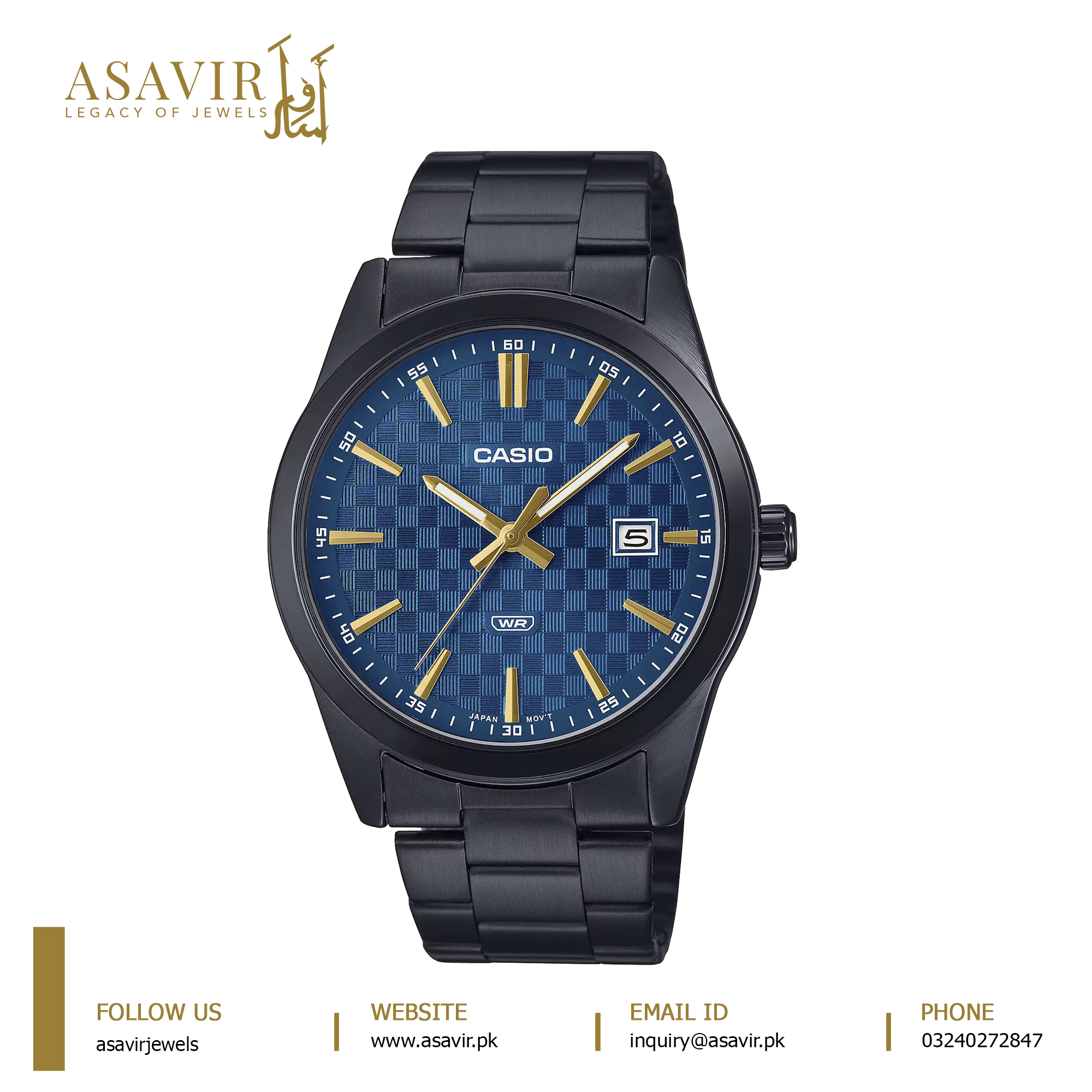Khadi, a handspun and handwoven natural fiber cloth, holds a deep-rooted historical, cultural, and political significance in India. It is not merely a textile; Khadi is a symbol of self-reliance, sustainability, and national pride. From Mahatma Gandhi’s Swadeshi movement to today’s eco-conscious fashion runways, Khadi has evolved into a cultural icon that embodies simplicity, resistance, and ethical living.
The Origins of Khadi: A Legacy Woven in Threads
Ancient Roots of Indian Handloom
Khadi’s origins can be traced back thousands of years, with references to handspun textiles appearing in ancient Indian scriptures and archaeological findings. The Indus Valley Civilization (c. 2500 BCE) already demonstrated sophisticated cotton weaving techniques, and over centuries, India was known for its high-quality handloom fabrics.
Etymology of “Khadi”
The word “Kha-di” is derived from the Hindi word “khaddar,” meaning hand-spun cloth. Traditionally made from cotton, it is also woven using silk and wool, depending on the region and season.
Khadi and the Indian Freedom Movement
Gandhiji’s Swadeshi Revolution
Kha-di rose to national prominence during India’s independence movement. Mahatma Gandhi, in his pursuit of self-sufficiency, adopted Khadi as a political tool. By promoting the spinning of Khadi, he encouraged Indians to boycott British goods and revitalize rural economies.
Charkha: The Spinning Wheel of Revolution
Gandhi used the charkha (spinning wheel) as a symbol of empowerment and resistance. Spinning Khadi became a daily ritual and a peaceful protest, symbolizing India’s desire for independence from colonial rule.
Khadi as an Identity
Wearing Kha-di became synonymous with patriotism and self-discipline. Leaders, activists, and common people alike embraced Kha-di as a way to support the nation and reject exploitation.
Types of Khadi Fabrics
Khadi is diverse in its forms and usage, based on the raw material and regional weaving techniques:
-
Khadi Cotton – Lightweight, breathable, perfect for Indian summers.
-
Khadi Silk – Lustrous, elegant, used in festive and formal wear.
-
Khadi Wool – Warm, textured, suitable for colder regions.
-
Poly-Khadi – A blend of natural fibers and synthetic for affordability and strength.
The Making of Khadi: From Cotton to Cloth
1. Sourcing the Cotton
The process begins with sourcing high-quality natural fibers — mostly cotton but also wool and silk.
Cleaning and Carding
Fibers are cleaned to remove seeds and impurities. They are then carded (combed) to align the strands.
Spinning with Charkha
The carded fibers are spun into yarn using the charkha, maintaining the traditional method that gives Kha-di its unique texture.
Hand Weaving
The yarn is then handwoven on a loom, a labor-intensive process that can take days for a single piece.
Dyeing and Finishing
Natural or azo-free chemical dyes are often used. Artisans finish the fabric through techniques like calendaring (ironing with a hot roller) for texture.
Why Khadi is the Fabric of the Future
Sustainable and Eco-Friendly
Kha-di requires minimal energy to produce — no electricity in spinning or weaving. It’s biodegradable, low-carbon, and water-efficient.
Generates Rural Employment
Kha-di is a source of livelihood for over a million artisans, mostly in rural India, preserving traditional skills and boosting local economies.
Skin-Friendly and All-Weather
Its breathable texture makes it suitable for every season. Kha-di cotton keeps you cool in summers, while Khadi wool keeps you warm in winters.. Ethical and Slow Fashion
Kha-di is a frontrunner in the slow fashion movement, promoting handmade, quality-driven production over mass-manufactured fast fashion.
Khadi in Modern India
Revival and Reinvention
In recent years, Kha-di has seen a resurgence, thanks to efforts from the Khadi and Village Industries Commission (KVIC) and conscious designers who are merging tradition with contemporary aesthetics.
Kha-di on the Runway
Designers like Sabyasachi Mukherjee, Ritu Kumar, and Wendell Rodricks have incorporated Kha-di into high fashion, proving that heritage textiles can be modern and chic.
Government Support and Promotion
Government initiatives like “Kha-di for Nation, Kha-di for Fashion” and tax benefits for Kha-di products have boosted its popularity. In fact, sales of Kha-di have seen double-digit growth year after year.
Challenges Facing the Khadi Industry
Cost and Mass Appeal
Kha-di, being labor-intensive, is relatively costlier than machine-made fabrics, making it less accessible to lower-income groups.
Lack of Awareness
Urban populations often see Kha-di as outdated or only suitable for political attire. There is a need to rebrand its image.
Artisan Attrition
Young artisans are moving to urban areas for better wages, leading to a decline in traditional weaving skills in rural areas.
How You Can Support Khadi
-
Buy authentic Khadi from KVIC outlets, verified online stores, or local cooperatives.
-
Support ethical fashion brands promoting artisan work.
-
Spread awareness about Kha-di’s benefits and its cultural relevance.
-
Incorporate Khadi into your wardrobe — from casual wear to festive and formal attire.
Global Potential of Khadi
With growing demand for sustainable textiles worldwide, Kha-di has the potential to become India’s major textile export. Its unique narrative, coupled with environmental advantages, positions it perfectly in the global ethical fashion market.
Countries like the UK, USA, Japan, and Germany are increasingly embracing Kha-di as a premium, eco-conscious textile.
Conclusion:
Kha-di is not just a cloth — it is a consciousness. It stands at the crossroads of India’s past and future, tradition and innovation. As the world moves toward sustainability, Kha-di offers a timeless, ethical solution rooted in human hands and hearts.
By choosing Kha-di, you’re not just wearing a piece of fabric — you’re embracing a story, a legacy, and a vision for a better, self-reliant world.





